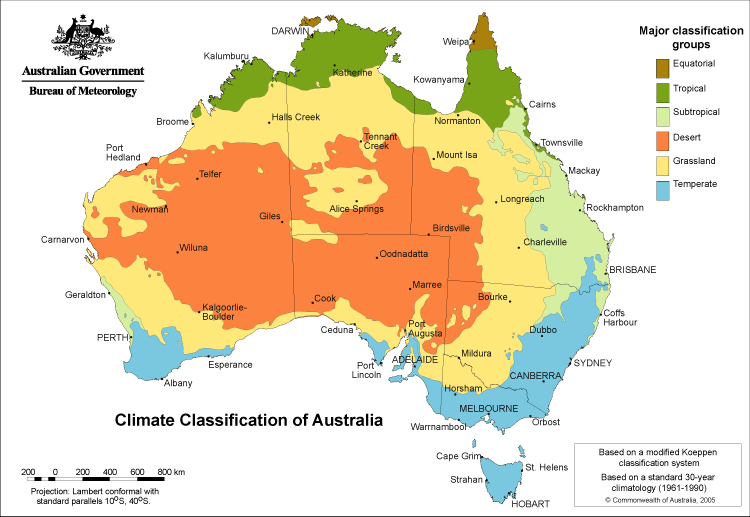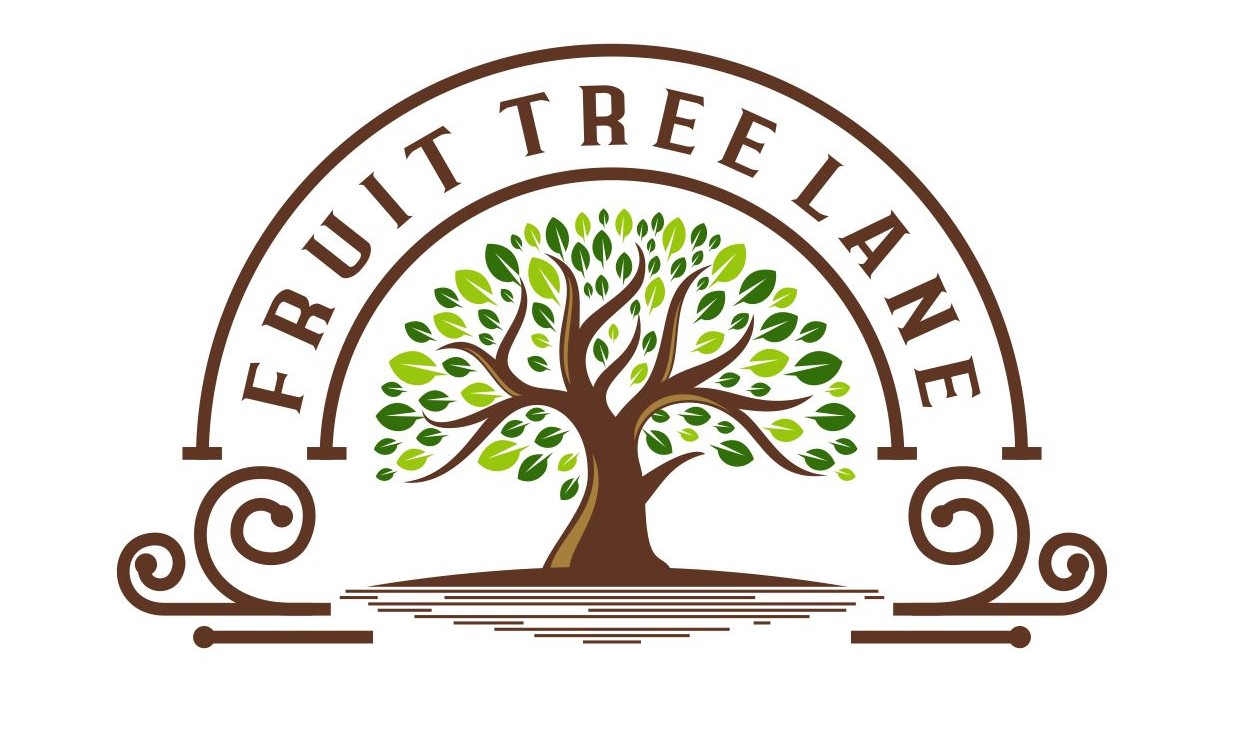Chill hours refer to the total amount of time a fruit tree needs to be exposed to cold winter temperatures to allow them break dormancy so they will flower and set fruit normally.
The available chill hours is the number of hours during winter the temperature is below 7.2°C. The total amount of chilling, however, can be affected by hot days which reduce the number of hours chilling received.
Plants use chill hours for their own protection and reproduction. Accumulated chill hours provide a signal to dormant plants that winter is over. This way plants adjust to the seasons accurately and when they burst into life in spring the flowers and new growth are less likely to be damaged by winter frosts.
Cold climate fruiting plants that do not receive sufficient chill will have delayed budburst, poor flowering and fruit set.
Not all plants need or rely on chill hours but many deciduous fruiting plants do.
Another way that people refer to chill hours with regard to fruit trees is to consider whether a fruit tree needs high, medium or low chill conditions in winter.
A simple way to calculate chill hours
First you need to determine the average temperature of the coldest month (July) for your suburb/area. The Elders weather website can help you to establish this: http://www.eldersweather.com.au/
Choose your suburb or town in the Local Weather search button at the top left of the page and once your local weather is on the screen, look for the Full Climatology button 3/4 of the way down the page on the right hand side
Once the long term averages are displayed, find July and add the Maximum and Minimum temperatures together and divide the total by 2 to give you the average monthly temperature for July.
Once you have determined the average temperature for July you can use the table below to determine the approximate amount of chill hours your area receives. You can then use this as a basis in determining the best varieties that will grow and fruit in your region.
Table 1. Average July Temperature VS Approx Chilling Hours
| Average July Temperature | Approximate Chilling Hours |
| 0 | 1250 |
| 7.9 | 1100 |
| 10.2 | 800 |
| 12.7 | 600 |
| 13.1 | 520 |
| 13.6 | 500 |
| 14 | 450 |
| 15.3 | 330 |
| 15.5 | 300 |
| 19.7 | 0 |
Table 2. Approx. chill hours of various Australian cities using average July temperatures
| City | Average July Temperature | Approx Winter Chill Hours | Chill Classification |
| Sydney | 12.2 | 640 | Medium |
| Newcastle | 12.6 | 600 | Medium |
| Wollongong | 13.3 | 510 | Medium |
| Mullumbimby | 15.7 | <300 | Low |
| Coffs Harbour | 13.1 | 520 | Medium |
| Melbourne | 9.7 | 830 | High |
| Bendigo | 7.5 | 1120 | High |
| Ballarat | 6.6 | 1180 | High |
| Mildura | 9.8 | 810 | High |
| Wodonga | 8 | 1100 | High |
| Perth | 13.1 | 520 | Medium |
| Bunbury | 12.3 | 620 | Medium |
| Albany | 11.9 | 650 | Medium-High |
| Kalgoorlie | 10.9 | 700 | High |
| Geraldton | 14.5 | 400 | Low |
| Adelaide | 11.4 | 730 | High |
| Murray Bridge | 10.8 | 700 | High |
| Mount Gambier | 9.1 | 900 | High |
| Port Augusta | 11.1 | 710 | High |
| Brisbane | 14.2 | 300 | Low |
| Gold Coast | 16.6 | <300 | Low |
| Toowoomba | 11.5 | 730 | Medium-High |
| Helidon | 13.7 | 500 | Medium |
| Bundaberg | 16.1 | <300 | Low |
| Stanthorpe | 8.2 | 1055 | High |
| Hobart | 8.1 | 1100 | High |
| Launceston | 7.4 | 1100+ | High |
| Devonport | 8.7 | 1050 | High |
| Canberra | 5.6 | 1200+ | High |

There are three types of chill groups used to assess fruit varieties you can grow in your area, but note that these examples are general and the chill hour calculation does not take into account elevation and local micro-climate.
- Low chill areas = up to 300 chill hours. You can only grow low chill varieties in these areas.
- Medium chill areas = 450 – 650 chill hours. You can generally grow all low and medium chill fruit varieties providing low chill plants are protected from late spring frosts.
- High chill areas = >650 chill hours. You can generally grow all low, medium and high chill fruit varieties providing low and medium chill plants are protected from late spring frosts.
The three distinct winter chill zones based on temperature can be see above (Figure 1) and is a good general guide to the three winter climates
Generally speaking, you don’t need to be too concerned about winter chilling if you follow the guide below
- Tropical and sub-tropical areas will generally be low chill areas – for example coastal areas from the east coast near Coffs Harbour north to Queensland are generally sub-tropical becoming more tropical as you move further north.
- Warm Temperate regions are medium to high chill areas – such as on the east coast from Toowoomba to southern NSW Coastal regions.
- Cold Temperate regions are generally high chill areas – this includes inland areas that run from Stanthorpe down to Armidale, Dubbo, Mildura, Canberra, Shepparton, Melbourne to Tasmania.
Climate classifications based on both seasonal rainfall patterns and temperature are shown below ( Figure 2)



Comments 6
I m working with almond industries, for almond trees 300 to 600 chill hours are required to break the dormancy , that’s not an accurate method to calculate the chill hours. Use the portion model to determine the chill hours.
Have you told me what fruit trees belong to no chill, low chill, medium chill and high chill categories?
Author
Fruit tree chilling requirements are mentioned in the fruit tree description/ listing….if chilling requirements are not mentioned, fruit set is not influenced by chilling hours.
Hello. I’ve recently purchased a small home on 315sqm block in Port Macquarie NSW. There are no gardens on the property. I’d like to establish an edible garden where every plant put into the ground can bare a fruit or vegetable. My first garden to establish will be along my driveway approx 15m long. The garden bed runs East to West and is in full winter sun.
Can you suggest a dwarf fruit tree variety I could plant along the driveway garden? I’d love to plant apples but unsure if it would be too subtropical in this area.
Author
Hi Christian,
Anna apple would fruit well in Port Macquire it is very reliable in warm climates. Other dwarf fruit trees to consider are dwarf Mulberry, dwarf citrus. Figs although not dwarf grow best pruned back to around 1.2m every winter. Olive arbequina planted as a hedge row with regular pruning may be an option.
cheers
Greg
Thank you for all the great information you have on your site 😃